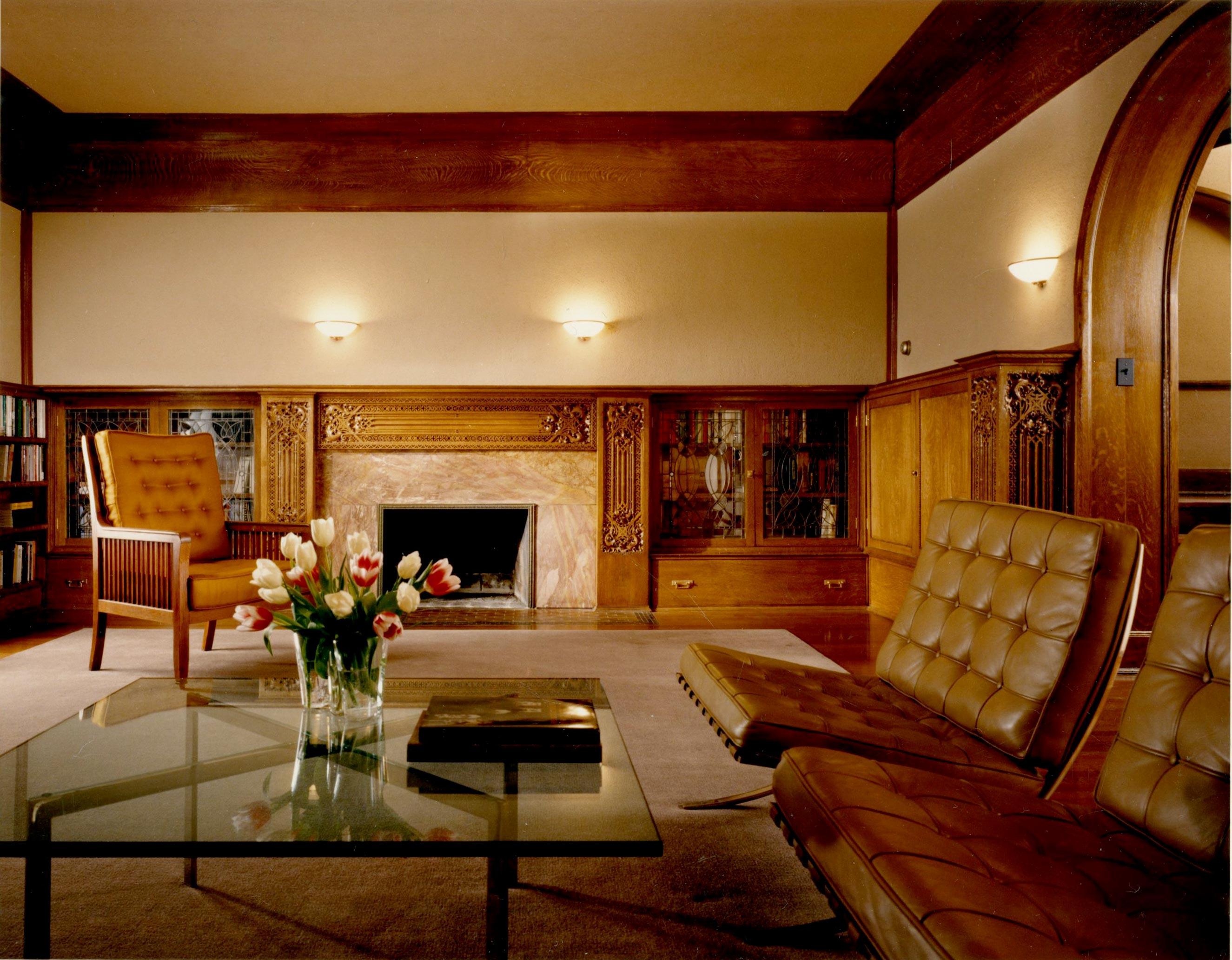On September 5, 1986, coinciding with the fiftieth anniversary of SOM, the SOM Foundation announced that it was establishing an institute for architectural research, ultimately called the Chicago Institute for Architecture and Urbanism (CIAU). As the press release states, the CIAU would “focus on man's, and society's, growth and needs” with a particular emphasis on “the creation of both physical visions and societal strategies toward architecture that is in sympathy with the ecology of human habitation.”
Also in 1986, the SOM Foundation purchased and began restoration of the Charnley House in Chicago, an historic house designed by Louis Sullivan with assistance from his junior draftsman, Frank Lloyd Wright, built between 1891 and 1892. After a period of restoration that took until May 1988, the Charnley House became the home to the SOM Foundation’s offices as well as the CIAU.
Leon Krier was appointed as the first director of the CIAU, but his tenure lasted less than a year; Krier abruptly resigned in January 1987 to become the Prince of Wales’s personal consultant for architecture and urbanism. A new search began, and, ultimately John Whiteman, who was then teaching architecture and urban design at Harvard University, was appointed as CIAU’s new director. Whiteman’s three-year term as director of the CIAU began in 1988.
Born in 1954 in Manchester, England, Whiteman joined the CIAU with extensive academic credentials: two undergraduate degrees—architecture and philosophy—from Cambridge University; a master’s in architecture from Bristol University and a master’s in city and regional planning from Harvard University; and a PhD in urban planning and philosophy, also from Harvard.







